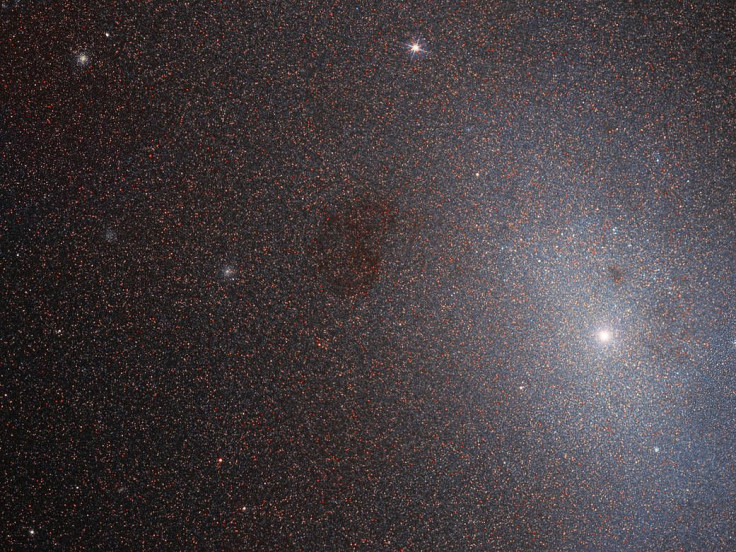NASA’s Hubble Spots Signs Of Life In ‘Dead’ Galaxy

NASA and the European Space Agency’s (ESA) Hubble Space Telescope was able to detect budding signs of life in a neighboring galaxy that was previously considered dead.
Hubble’s latest image features a galaxy known as Messier 110, which is one of the closest neighbors of the Milky Way. According to the ESA, Messier 110 is one of the galaxies that surround the Andromeda galaxy.
“Messier 110 may not look like much, but it is a fascinating near neighbor of our home galaxy, and an unusual example of its type,” the ESA said in a statement. “It is a member of the Local Group, a gathering of galaxies comprising the Milky Way and a number of the galaxies closest to it.”
Unlike the Milky Way, which is a spiral galaxy, Messier 110 is classified as a dwarf elliptical galaxy. Like other elliptical galaxies, Messier 110 does not have distinct features such as swirling or spiral arms. Instead, the galaxy appears flat and has an almost featureless structure.
Elliptical galaxies are commonly inhabited by old stars. Due to the absence of stellar nurseries, or regions where new and young stars are emerging, Messier 110 has been considered by space agencies as a dead galaxy.
Recently, as Hubble was taking new images of Messier 110, NASA and ESA astronomers saw a group of young stars emerging within the galaxy. According to the astronomers, the stellar nursery, which is mainly composed of blue stars, indicates that Messier 110 may not be dead as previously thought.
“Because they lack stellar nurseries and contain mostly old stars, elliptical galaxies are often considered ‘dead’ when compared to their spiral relatives,” the ESA explained. “However, astronomers have spotted signs of a population of young, blue stars at the center of Messier 110 – hinting that it may not be so ‘dead’ after all.”
The new star-forming region at Messier 110 is just one of the stunning images included in Hubble’s online catalog. Aside from Messier 110, the catalog also features various stunning images of cosmic objects including the remnant of a violent supernova as well as the active star-forming region of the Eagle Nebula.
© Copyright IBTimes 2024. All rights reserved.




















